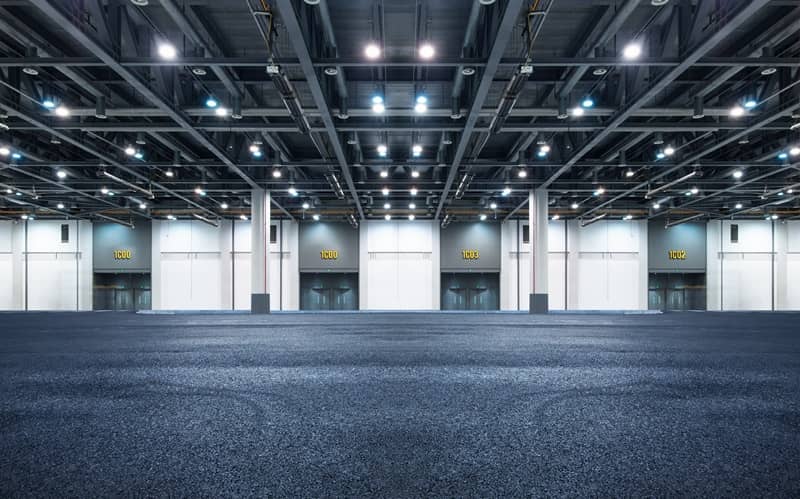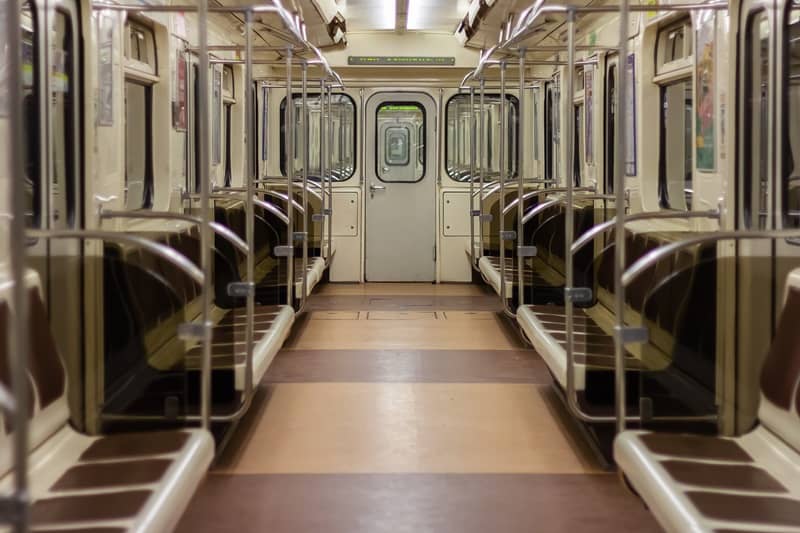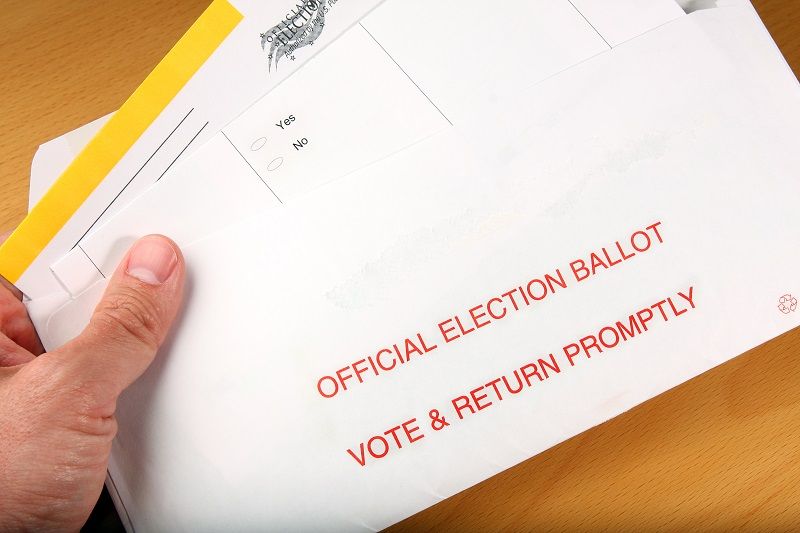By Shane Young
The “Arts Education and Access Income Tax” proposed by Portland Mayor Sam Adams aims to hire more elementary school art teachers and fund local arts organizations by implementing a $35-per-year income tax (maximum) on all residents 18 years old and older who live above the poverty line. The City of Portland is promoting the levy, expected to raise $12 million annually, on the grounds that art education in public schools is vulnerable to budget cuts relative to schools’ other academic priorities.
Numerous criticisms of the tax measure have been raised, including the likelihood that the tax as constructed would be unconstitutional under Oregon law. It also can be noted that it is not the proper function of city government to levy this kind of tax, since the Portland School Board has primary jurisdiction over funding public education in Portland and has its own tax base. Even the editorial board of The Oregonian opposed the ballot measure on the grounds that art education, while valuable, doesn’t merit a dedicated tax. According to the board, Portlanders have “plenty of opportunities and incentives to support” the arts and art education, including a state income tax credit.
The proposed tax measure can and should be opposed on any or all of these grounds, but there is another reason why levying a tax to benefit art fails on principle. Portlanders should recognize what makes art so important to begin with and why government involvement and taxpayer subsidies are at odds with its purpose.
Art allows us to develop and foster creativity. It allows us to take chances and risks. It allows us to make sure that the diverse realm of ideas remains constantly expanding. Because of these benefits that art gives us, Portland should be cautious about putting creativity and diversity, the heart and soul of art, into jeopardy through dedicated, taxpayer funding of government-selected arts institutions.
Unlike the sciences, music, painting, sculpting, photography, poetry, and the many other constantly growing categories of art, have no black-and-white criteria with which to determine their success. In fact, many times art is admired, and established into history, because of its willingness to stray from the standard. It is this very deviation from the norm that allows creativity and diversity, the things art should be praised for in the first place, to flourish.
By allowing the city to take over more responsibility for the artistic growth of children, and to fund organizations solely of its choosing, taxpayers give city bureaucrats complete control over defining what exactly “art” is―and, furthermore, what “good” art is―for the purposes of public funding. Taxes thus will go to promoting one art form over another―and one standard of “good” art over another.
This isn’t to say that artistic development and success do not require discipline and some kind of formal guidance in an art class―it almost always does. Yet, because of the diverse nature of art, and the wide range of criteria used to judge its quality, this discipline and guidance must happen at a much more specialized and intimate level than what the city can or should provide. Therefore, if people are not satisfied with the art education available in Portland’s public schools, they should take The Oregonian’s advice and support the arts on an individual level.
Instead of increasing dedicated spending on the arts through taxation for the benefit of public schools and selected nonprofits, Portlanders should supplement the current art activities in schools, as they choose, with a willingness to allow and encourage children to individually explore the arts for themselves. Financially contributing directly to the areas in which children are interested, rather than simply allowing the city to mass-regulate artistic creativity and diversity, honors and respects the nature of creative expression. This November, Portlanders should allow future generations to answer the age-old question of “What is art?” for themselves, rather than hand city government more taxpayer money to answer it for them.
Shane Young is a research associate at Cascade Policy Institute, Oregon’s free market public policy research organization. He is a student at Whitman College.











